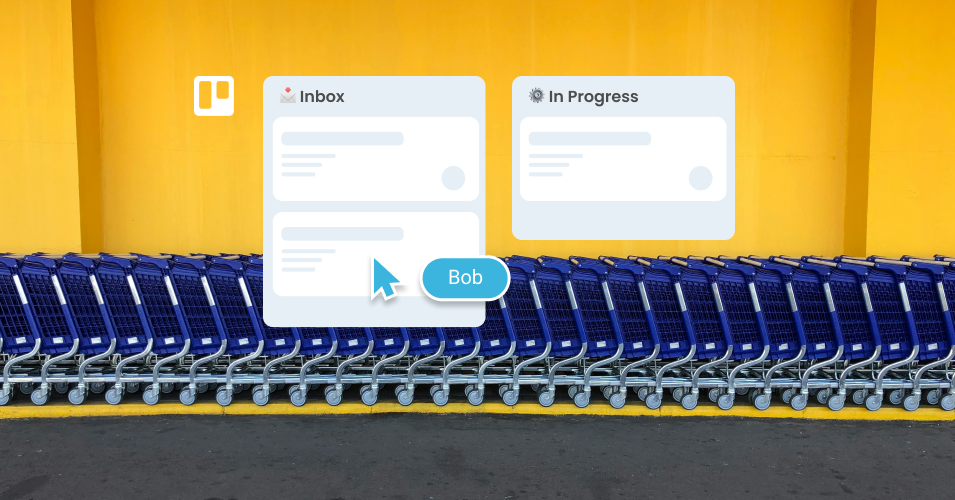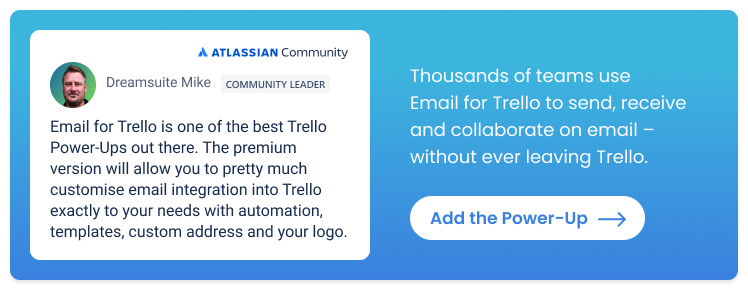How to build trust and cut down on cart abandonment
Learn how building trust and improving customer support can help you reduce cart abandonment in your eCommerce store.
Cart abandonment is a big issue for online retailers. According to the Baymard Institute, 70.19% of online shopping carts are abandoned before a customer even checks out. That’s a lot of lost revenue! But the good news is, there are ways to bring those numbers down by building trust and improving customer support.
Why customers abandon carts
There are factors within your control that can mitigate cart abandonment, before it becomes a problem. Automated cart abandonment notifications are a common solution to this problem, and it’s a good idea to set them up, as these can recover between 3% and 14% of lost sales.
But to really tackle cart abandonment, it's important to understand why it happens in the first place.
Here are some common reasons:
Unexpected costs, like high shipping fees
Complicated or time-consuming checkout processes
Concerns about the security of payment methods
Lack of trust in the online store
Knowing these pain points means you can take steps to fix them, and make your customers feel more comfortable completing their purchases.
Three key factors to reduce cart abandonment
When customers abandon their carts, it often boils down to a few common factors. By focusing on these key areas, you can create a smoother shopping experience and build trust with your customers.
Here are three things you can do to keep customers from leaving their carts behind:
Clear, Upfront Costs: Be transparent about costs from the start. No one likes surprises at checkout, so make sure to show all fees, including delivery charges, early in the process. This honesty builds trust and reduces the likelihood of customers abandoning their carts.
Frictionless Checkout Process: Make it as easy as possible for customers to complete their purchases. Use platforms like Shopify or WooCommerce, which have built-in tools for a seamless checkout experience. Simple and intuitive checkout processes mean fewer chances for customers to get frustrated and leave.
Building Trust: Trust is one of the biggest factors informing your customer’s level of comfort with purchasing from your online store, so it’s important to get right! Well-managed support can help you build the trust you need to keep your customers engaged – and mitigate against future cart abandonment.
How to prevent cart abandonment with email support in Trello
Great customer support is a powerful way to build trust and reduce cart abandonment, and an important growth lever for small- and medium-sized eCommerce stores.
We know that speedy, efficient support is a key part of keeping customers happy when buying online. With the Email for Trello Power-Up, you can turn your inbox into a streamlined help desk, making it easier to manage customer interactions and provide timely support.
Here’s how you can use it to build the kind of trust you need to reduce cart abandonment:
1. Automate repetitive email tasks
Responding to common eCommerce emails (like questions about shipping, returns or sizing) can get a little repetitive. Using Trello automation can help your team send more emails, faster:
Build a library of template responses. Manually typing out replies is monotonous work – and can lead to typos and inconsistencies. By using Saved Replies, your team can engage with customers in a more personal way, while still saving time and maintaining standardized ways of dealing with things.
Keep your customer in the loop! Automatically reassure your customer that you are working on their request by sending out a “Ticket Assigned” email as soon as a team member is assigned to their card.
Drag a card to send an email. Set up a Trello rule to automatically send an email when you drag a card from one list to another. This is really useful for shipping updates, review requests, or any other emails that have to go out at a specific stage in your workflow.
You can find more inspiration for your automations with our list of 10+ automations to try in Trello.
💡 TIP Learn how to use variables in your Saved Replies so that you can address customers by name and include other Trello data like dates, team members, checklists and more!
2. Collaborate effectively with your team
Bringing your eCommerce support inbox helps your team view all their to-dos right alongside their emails and contacts at a glance. This level of transparency helps customer service teams to collaborate effectively, because everyone is always on the same page.
Monitor service levels. The ability to view team, contact and email activity across accounts can help you to see what’s being done – and plan for how to improve.
Spot bottlenecks quickly. With all the information your team needs readily available, it’s easy for team members to spot any hold-ups with open queries – and jump in to assist colleagues to clear the backlog.
💡 For more practical tips and tricks, have a look at our guide on how to manage your eCommerce orders in Trello.
Reduce cart abandonment with better customer support
By focusing on clear communication, efficient processes and proactive email support, you can significantly reduce cart abandonment rates. The Email for Trello Power-Up makes it easier to manage customer interactions, making sure every touchpoint with your business builds trust – and happy customers mean fewer abandoned carts!


